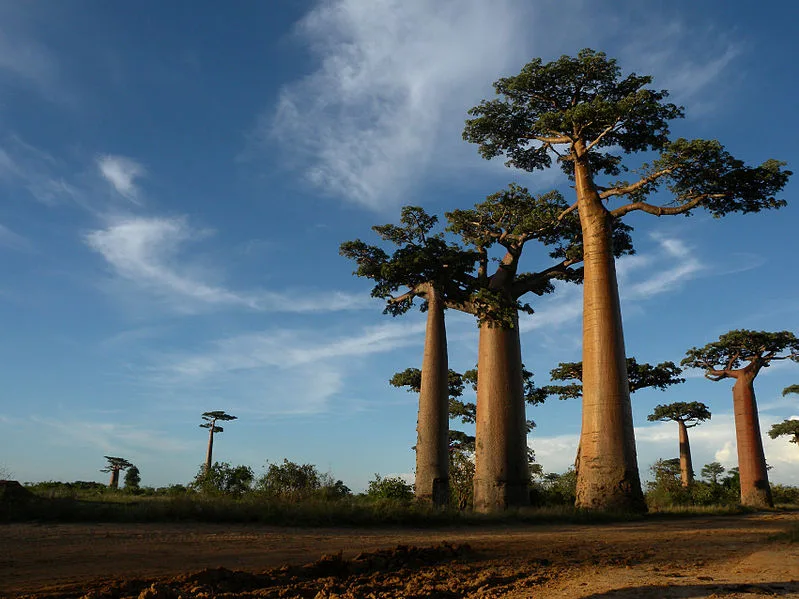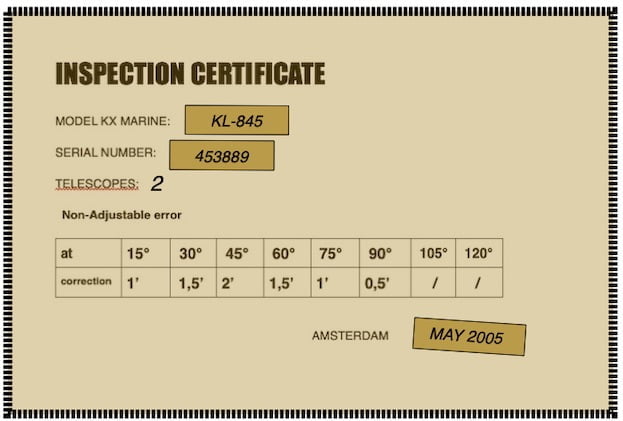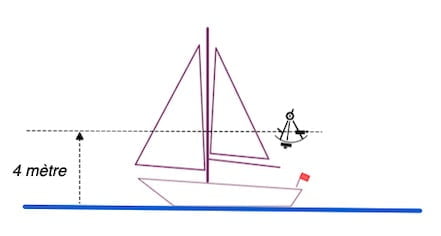Enjoy exploring this page sextant sun sighting practice , BUT ONLY AFTER COMPLETING the foundational La Rochelle exercise.
The main goal of these exercises is to calculate and understand how to calculate the line of position with the sun in daytime.
“This”La Rochelle” is the first in a series of eight identical exercises, each named after a major city in the world near the simulated sextant observations.
This page focuses on the Madagascar exercise. You can find the others on the Celestial Course page.
While the La Rochelle exercise is for free, the answers for the remaining exercises can be bought in the store.
Sextant sun sighting practice:

It is crucial to emphasize the importance of point PG, which signifies both the latitude and longitude coordinates on earth for point PG at UT time . These coordinates, in reality, represent the Greenwich Hour Angle (GHA) and Declination of the sun values, and they can be acquired from the nautical almanac.

Firstly, on this page Madagascar you will find all the sextant sun sight observations required after taking a sun sight at sea off the coast of Madagascar
Sextant sun sighting practice


print/download PDF worksheet or copy by hand
First part of the sheet of the sun sight observations

Firstly, start manually completing the red entries on this page.
Sextant sun sighting practice Madagascar:
Time UT and date

DAY = Saturday; DATE = 05/02/2022; TIME UT = 11:55:29
sextant height (Hs)

lower limb
index error

Non adjustable error

eye height

Sextant sun sighting practice:
Dead reckoning position:
Latitude (L):
30°24′ South
Longitude (G)
044° 13′ East
daily page

Also this daily page has been downloaded on the nauticalalmanac.it website with the kind permission of its author Capt. Roberto Iori

Sextant sun sighting practice Madagascar:
The sea off the coast of Madagascar is part of the Indian Ocean and is known for its rich marine biodiversity, making it a significant area for ecological studies and conservation efforts. Here are some key points about the sea around Madagascar:
- Biodiversity: The waters surrounding Madagascar are home to a diverse range of marine life, including various species of fish, corals, mollusks, and marine mammals. Furthermore, The region is known for its unique and endemic species that are found nowhere else in the world.
- Coral Reefs: Madagascar’s coastline features extensive coral reef systems, which are crucial for supporting marine life and maintaining the overall health of the ecosystem. Also, these reefs provide habitats for a wide array of marine species.
- Whale Migration: Indeed, the waters off Madagascar are a significant area for whale migration, and the region is known for being a hotspot for whale watching. Humpback whales, in particular, migrate to these waters for breeding and calving during certain times of the year.
- Fishing Industry: Fishing is an important economic activity in Madagascar, providing livelihoods for many coastal communities. However, overfishing and illegal fishing pose challenges to the sustainability of marine resources.
- Threats and Conservation: undoubtedly, The marine ecosystem around Madagascar faces various threats, including habitat degradation, pollution, and climate change. Conservation efforts are underway to protect the unique biodiversity and ensure the sustainable use of marine resources.
- Nosy Be: Nosy Be, an island off the northwest coast of Madagascar, is a popular tourist destination known for its pristine beaches, coral reefs, and marine activities such as snorkeling and diving.